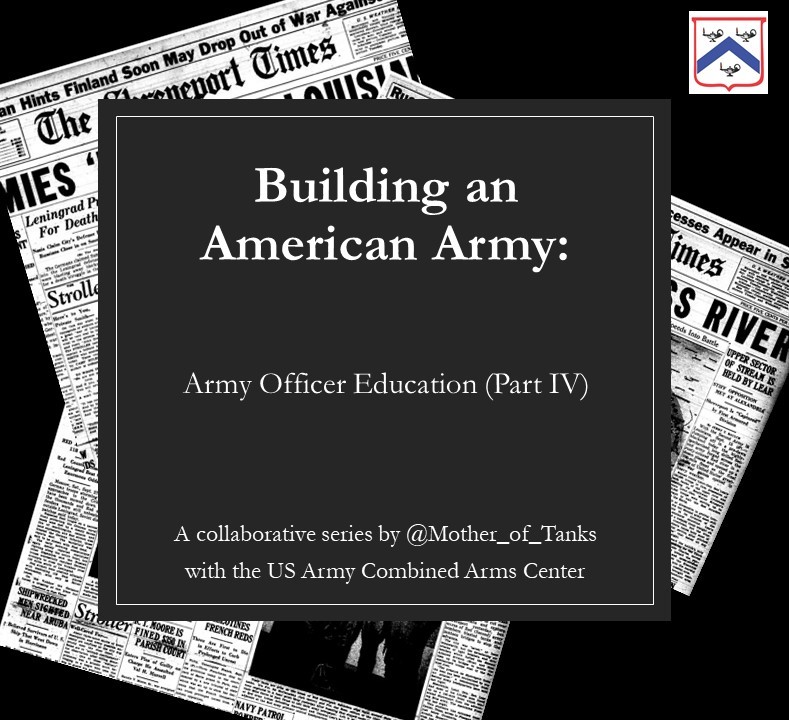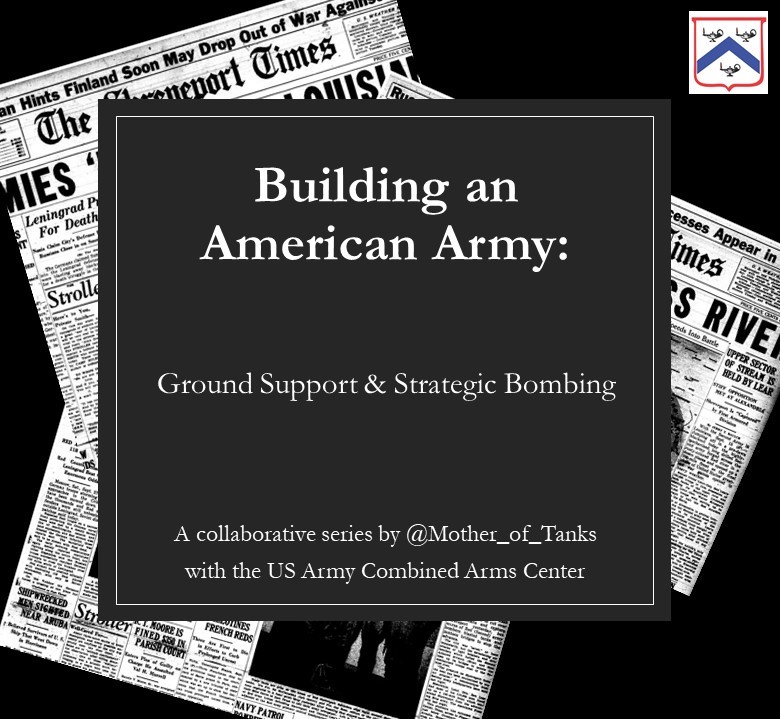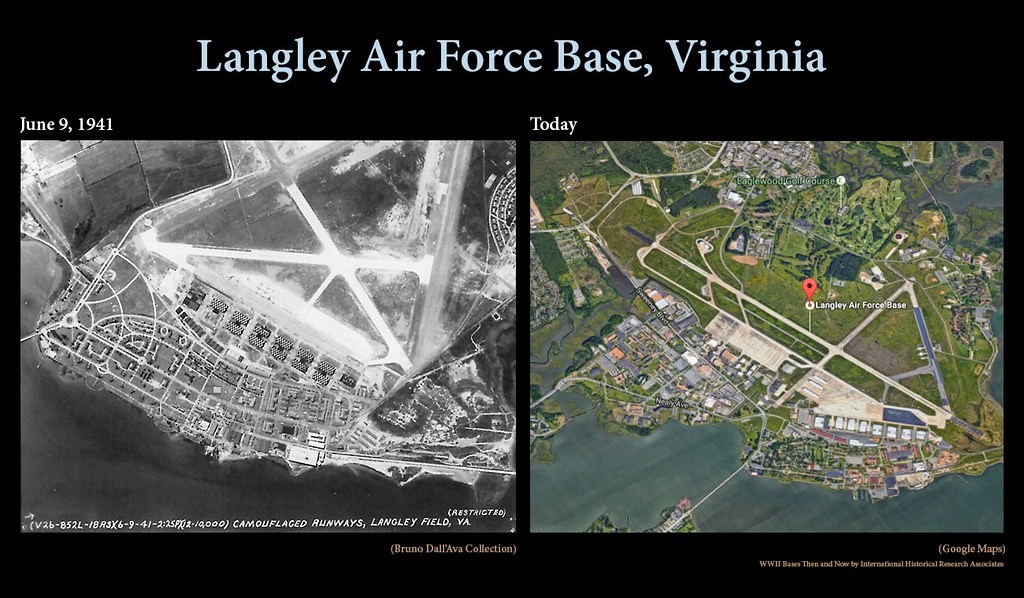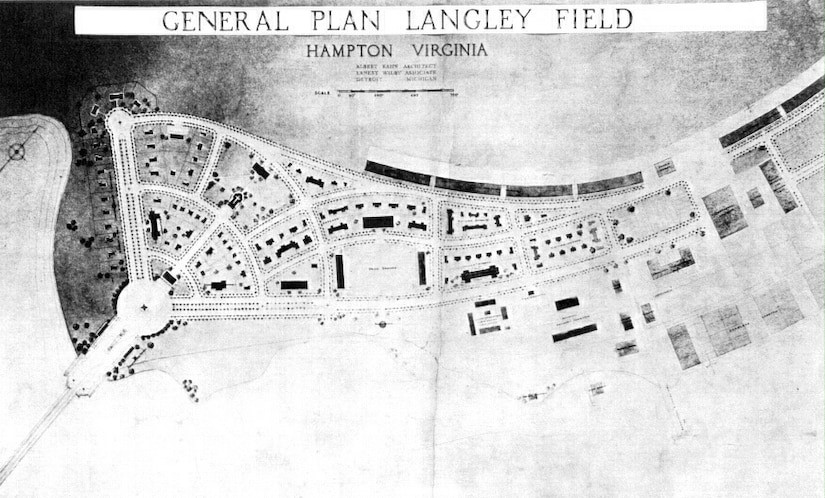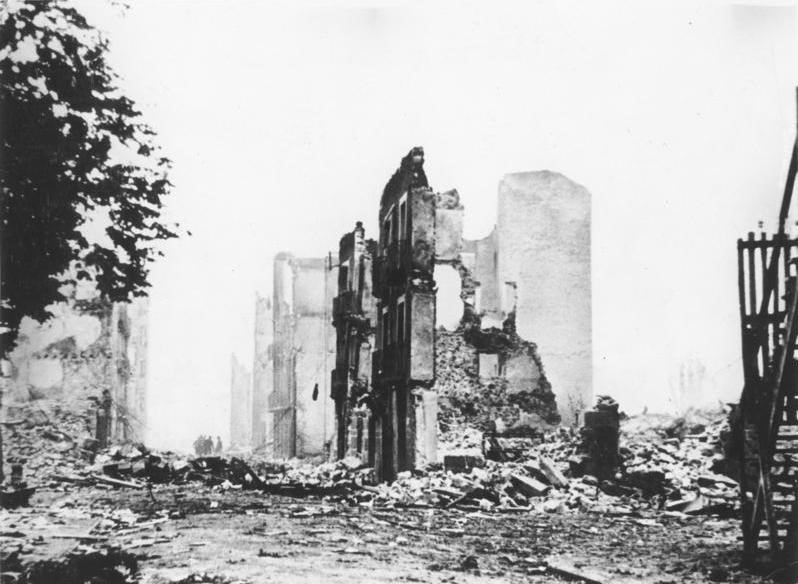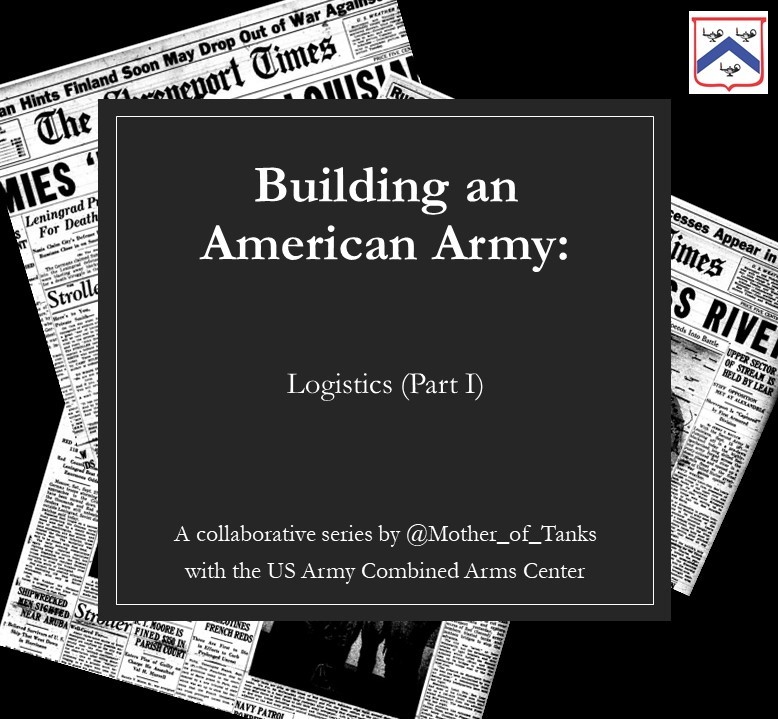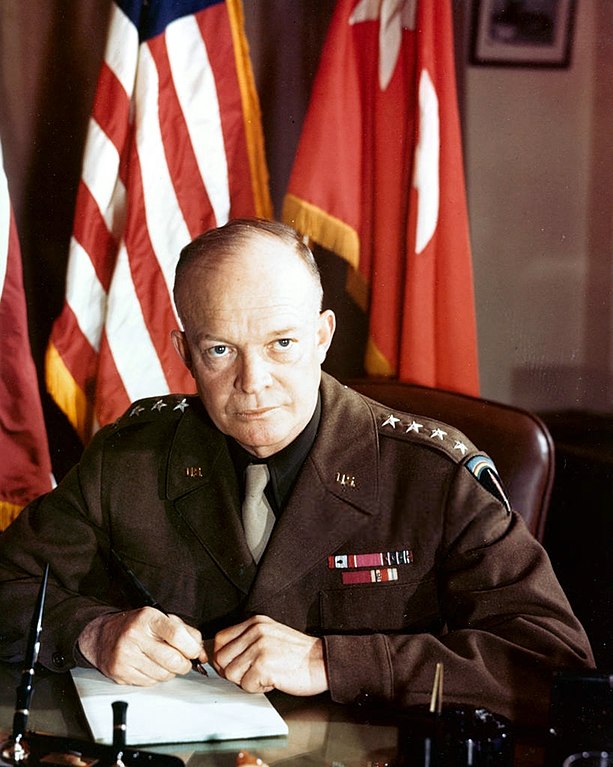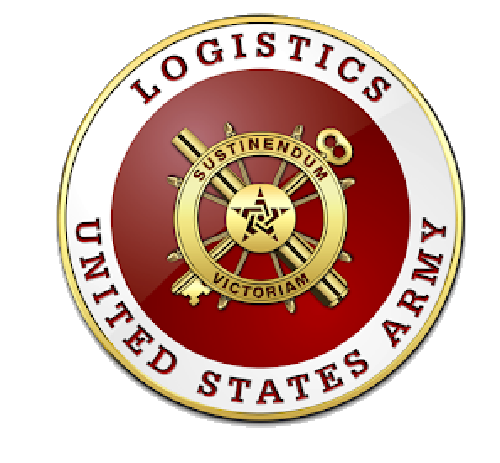
There is much more to this topic than we can cover in just two threads per week while still leaving time to cover all the other topics we’ll get to, but how about one more thread about Officer Education in the @USArmy during the Interwar Period?
As many people know, the Army is a lot more than just Infantry, Armor, and Artillery. And Army missions involve a lot more than just closing with and destroying the enemy. The things that officers learn in school help make sure the Army functions as a whole organization.
For the 20 years or so between World War I and World War II, the officer education system focused on establishing a foundation of competence – so that staff officers would know how to do the things they needed to do to make sure the Army functioned overall. (@1stCavalryDiv) 

Having that competence as staff officers meant that these men would be much more confident in their work. (@173rdAbnBde) 

The education system also worked to train decision making skills – and when you look at the modern officer education system, you can still find these elements built into the lessons and lectures and course work and so forth. 




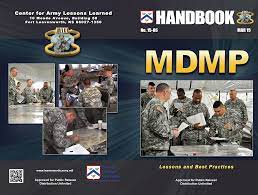


In 1931, General Pershing wrote in ‘My Experiences in the World War’:
“We were confronted with the task of building up an army of millions that would require as many trained staff officers as we had officers in the whole Regular Army at the beginning of the war.”
“We were confronted with the task of building up an army of millions that would require as many trained staff officers as we had officers in the whole Regular Army at the beginning of the war.”

At the start of WWI, the @USArmy had about 9,000 officers but would need somewhere close to 80,000. Numbers would be even higher for WWII. 

And those few with experience from WWI, and/or who had attended officer schools during the Interwar Period, would influence the officers among the growing numbers in the Army, so it was important that they had the education to share. 





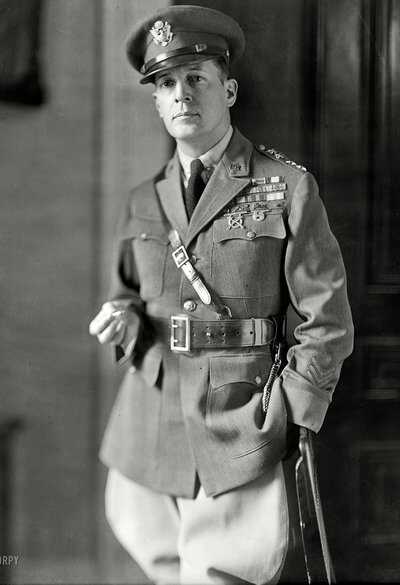

We often talk about training to fight the last war, and this is not a uniquely Army problem.
Officer education during the Interwar years would rely heavily on the lessons learned from WWI. Things like – firepower was the biggest killer on the battlefield, we lacked experience and skill in handling large formations, and officer incompetence is often paid for with blood. 



In a lecture Dr Schifferle gave about his book he asked the question: Can you as an officer do the things needed of a staff officer or unit commander to get a division of maybe 20,000 soldiers into combat at the right time and place? And during WWI the short answer was no.
So, going into the Interwar Years, we knew that we had to make some changes.
For those who are curious, Dr Schifferle explains what @USACGSC was like in the Interwar period. Classes would run from 0800-1130 and 1300-1700 and students would engage in an impressive variety of learning that included lesson types for “readers, listeners, thinkers, and doers.” 

CGSC students would attend 1-2 lectures per week involving the whole class. Small groups would each attend 2 conferences per week. On Friday mornings even smaller groups (10 students and 2 instructors) would have a “committee meeting” discussion. 

Every afternoon students would engage in problem solving exercises and individual work. And they’d have PT (physical training) several mornings per week as well.
(Okay, this is actually from Captain America but it’s a good gif 🙂)
(Okay, this is actually from Captain America but it’s a good gif 🙂)
As we got closer to the mobilization period preceding WWII, and then into the war, the @ArmyWarCollege closed and remained closed until 1950, leaving @USACGSC the main officer education point. 



The courses at @FortLeavenworth got shorter, more condensed, and more specialized – teaching officers what they would need to know for specific jobs, similar to the condensed course the American Expeditionary Forces (AEF) ran in France during WWI.
Dr Schifferle points out that during WWII, in Europe, none of the Division Commanders had graduated from the traditional long course at @FortLeavenworth and none of their subordinate officers had either. Just the shorter, condensed, specialized course. 

Leading up to WWII, more and more students were selected to attend @USACGSC at @FortLeavenworth with an average class size of 225 officers, and an average age of 42 – which is a little bit older than what the typical age is now, by about 10 years.
School is tough. It’s a commitment to learning and doing work that is quite different from what the average person imagines Army life is like. This was just as true in the 1930s. Compared to the typical half-days of troop duty at the time, school was a significant change.
Dr Schifferle notes that there were no female officers attending @USACGSC during the Interwar period, and that Army wives were told to "support their husbands" and that "families would return to the easy life when their husbands got” back to troop duty. 

There has been a lot of discussion in recent years about this. In general, families will PCS (permanent change of station) to @FortLeavenworth to allow the officer to attend school for a year at @USACGSC or maybe @us_sams because the courses are longer than a few months. 

As the @USArmy continues to adapt and evolve, #PeopleFirst and other campaigns are gathering more and more momentum and we are seeing a variety of efforts to help facilitate things like family stability and help make it more realistic for Army spouses to have careers as well.
If you're just tuning in or you've missed any of the previous threads, you can find them all saved on this account under ⚡️Moments or with this direct link twitter.com/i/events/13642…
• • •
Missing some Tweet in this thread? You can try to
force a refresh

